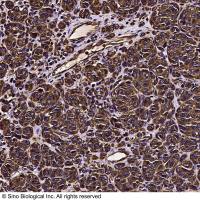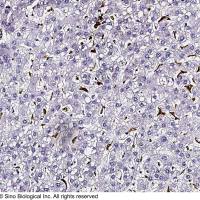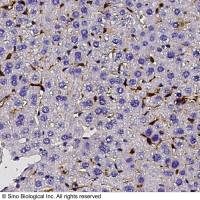The cell biology of intracellular compartments and their interrelationships require detailed knowledge of the proteins that characterize the compartment and that are involved in the communication between them. To date, this can be best achieved by high resolution immunoelectron microscopy (IEM). Other methods, which make use of different embedding materials, such as EPON, Spurr’s resin, LR white, or Lowicryls, also allow the detection of immunodeterminants. However, IEM is in many cases the optimum technique owing to better accessibility of the immunodeterminants to antibodies and the absence of denaturing solvents. In our laboratory for IEM we use immunogold labeling on cryosections. This technique combines optimal ultrastructure and good preservation of protein and/or lipid antigens. The ultrathin cryosections (50-100 nm) are prepared from small tissue blocks or cell pellets with a cryo-ultramicrotome. The sections are thawed, and labeled with antibodies, which are visualized with protein A-gold particles (PAG). We recommend the books by Larson (1 ) and Griffith (2 ), and chapters in Handbook of Experimental Immunology (3 ) and Methods: a Companion to Methods in Enzymology (4 ). The present chapter will describe the different aspects of IEM in detail, such as fixation procedures, the processing of samples, ultrathin cryosectioning, and immunogold labeling.






